Benefits of Solution Annealing 300 Series Stainless Steel
Does your 300 series stainless steel material require solution annealing before precision machining begins?
If you ask our precision machine shop, the answer is almost always “yes.”
Here, we’ll help you understand the process and its benefits, so you know exactly why solution annealing is our go-to heat treatment for parts made from 300 series austenitic stainless steel.
What Is Solution Annealing?
Solution annealing (or “solution treating”) is a stabilizing heat treatment typically performed on austenitic stainless steel and high-nickel alloys. Area Tool & Manufacturing, Inc. partners with Peters’ Heat Treating to provide this critical service.
During the solution annealing process, the material is heated to 1,000-1,100 degrees Fahrenheit, breaking it down to a molecular level and making the microstructure more uniform. The process removes any hard spots caused when the raw material was forged.
Solution annealed austenitic stainless steel has enhanced ductility and diminished hardness. It’s less abrasive on precision machining cutting tools and, therefore, much easier (read: faster) to machine.
Rest assured that the material remains mechanically unaltered—solution annealed parts are just as strong as parts that don’t undergo this process!
3 Advantages of Solution Annealing Stainless Steel
Now that you understand the basic premise behind solution annealing, let’s explore how this heat treatment helps you get higher-quality parts quickly and cost-effectively.
1. Stress relief
300 series austenitic stainless steel is chock-full of stress. When that stress gets released during the precision machining process, the material can bow, twist, and warp in ways that severely compromise the quality of your part.
Even a small 2” x 2” bar is likely to become misshapen when cut down to 1.5” x 1.5” because of the stress the material releases as soon as its outer protective layer is removed.
Solution annealing deadens that stress on a molecular level, making it less prone to bowing and twisting. We don’t have to fight the material nearly as much while machining it, enabling us to complete parts faster.
2. Corrosion resistance
Engineers pick stainless steel in the first place for its corrosion resistance, a characteristic that’s critical for many applications, including the medical parts Area Tool & Manufacturing, Inc. regularly manufactures.
However, even naturally corrosion-resistant materials can eventually corrode in certain environments. That’s where solution annealing comes in—it significantly increases the material’s corrosion resistance by transferring carbides from the outer edges of the steel’s grain into the microstructure of the grain itself. Following the solution annealing process, the material receives a rapid quench to prevent carbides from reforming during a slower cool-down.
3. Cost savings
We’ll be blunt: 300 series stainless is a pain to machine. It’s soft but abrasive, and the material’s hard spots can quite literally destroy a CNC machine’s cutting tools.
When cutting parts from stainless steel that hasn’t been solution annealed, part consistency is incredibly difficult to achieve because the material lacks uniformity. The first few parts on a 10’ bar might be flawless; the next few parts might be awful; then another round of parts might be perfectly fine—all depending on where we’re cutting the bar and how many hard spots we’re encountering.
This lack of consistency leads to material waste, ruined parts, and costly reworking. By solution annealing your 300 series stainless steel before machining it, we can ensure exceptional repeatability, eliminate waste, and keep your costs low.
Get Top-Quality Austenitic Stainless Steel Parts with Solution Annealing
If your parts require a 300 series stainless steel, Area Tool & Manufacturing, Inc. can handle the solution annealing to ensure your parts are precise, strong, and long-lasting.

